Video : Waterwheels in the West of Thanh Hoa: Both serving production and creating a tourist attraction.
In the communes of the mountainous district of Ba Thuoc (Thanh Hoa), local people maintain and use traditional water wheels (also known as “water wheels”), as an important tool in agricultural production. These water wheels not only serve irrigation but also contribute to creating the cultural characteristics of the western mountainous region of Thanh Hoa.
The waterwheel is made from locally available natural materials such as bamboo, reed, and rattan. The design consists of a large wheel with bamboo tubes around the rim, placed in streams with strong currents.
As the water pushes the wheel to turn, bamboo pipes collect water from the stream and carry it to a bamboo trough placed at a higher position, from where the water is piped into the terraced fields.
Just a small stream in Sat village, Ban Cong commune (Ba Thuoc), has dozens of “water wheels”, creating a very poetic scene. Each water wheel has a diameter of 3 to 5 meters, is installed by hand by the people and is regularly checked and repaired before each crop.
In difficult economic conditions, the water wheel system helps people effectively solve irrigation needs, especially in high-lying fields where water cannot be drawn by the conventional self-flowing method.
Ms. Ha Thi Nhung, from Ban Cong commune (Ba Thuoc), said: "The water wheel" is an important means of bringing water to the fields. Without it, the fields on high ground are prone to drought and low productivity."
In addition to its role in production, water wheels are also one of the cultural and tourist highlights of the locality. Many visitors to the Thanh Hoa highlands have expressed their interest in the water wheels rotating by the stream, in the typical setting of highland villages.
Mr. Dinh Van Thoi, a tourist from Hanoi, commented: "This is a very unique beauty that few places still preserve. The images of children playing around the water wheel, women washing clothes... Not only does it have practical value, but it also shows the culture of the highland people, which makes me very interested."
Although many localities now have access to modern water pumping equipment, people in highland communes still continue to maintain this traditional form of water supply, contributing to preserving a community cultural feature.
Mr. Ha Van Thuong (42 years old), in Chieng Lau, Ban Cong commune, a local with a lot of experience in making water wheels, said: "Since the time of our grandparents and parents, we have been making water wheels like this. We still preserve and teach our children and grandchildren how to make them so that they will not be lost."
Currently, the local government has supported agricultural production techniques for local people and integrated traditional water wheel conservation activities into community tourism development, contributing to creating sustainable livelihoods for local people.
Waterwheels are not only a tool of labor but also a “living heritage” containing cultural, historical and folk creative sediments. If invested in the right direction, with a harmonious combination of conservation and exploitation, waterwheels can completely become a distinct highlight in the picture of mountainous tourism in Thanh Hoa. This is a great opportunity to develop green tourism, community tourism and improve the livelihoods of local people.
Hoang Dong
Source: https://baothanhhoa.vn/guong-nuoc-mot-net-van-hoa-mien-tay-xu-thanh-249448.htm




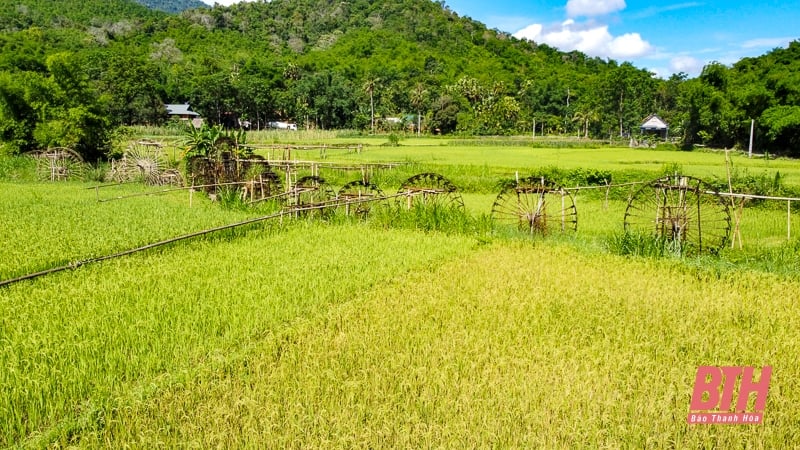
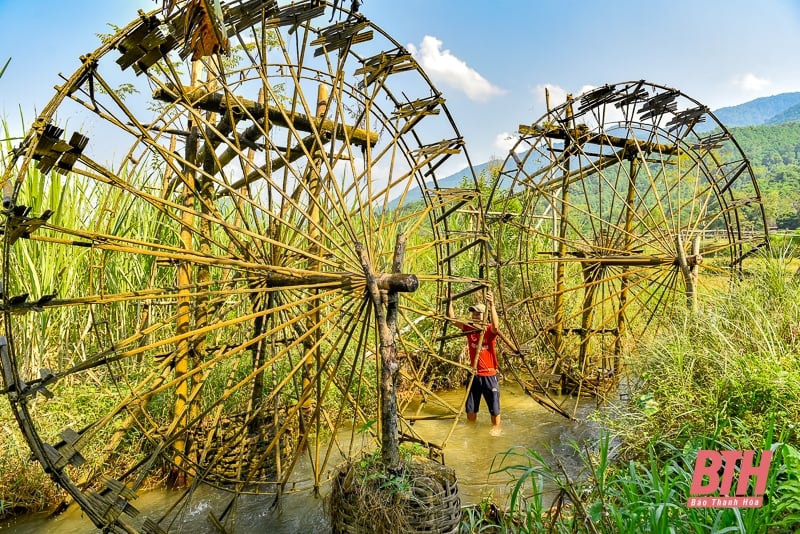
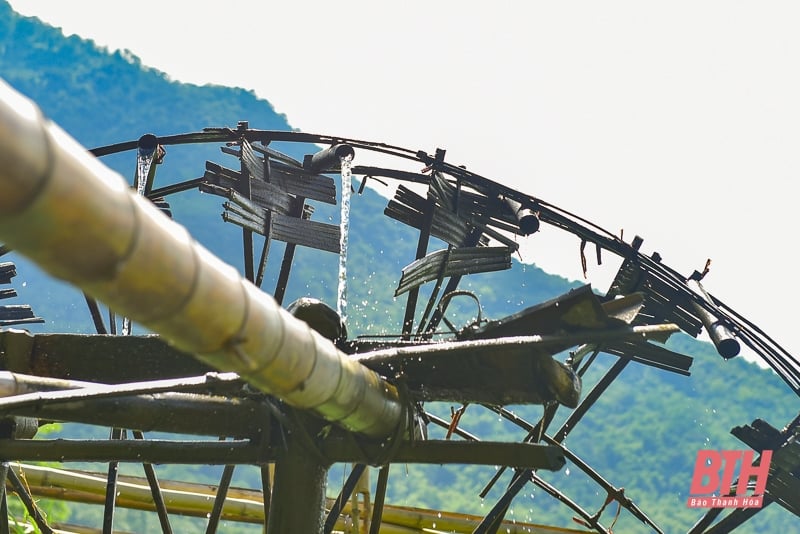
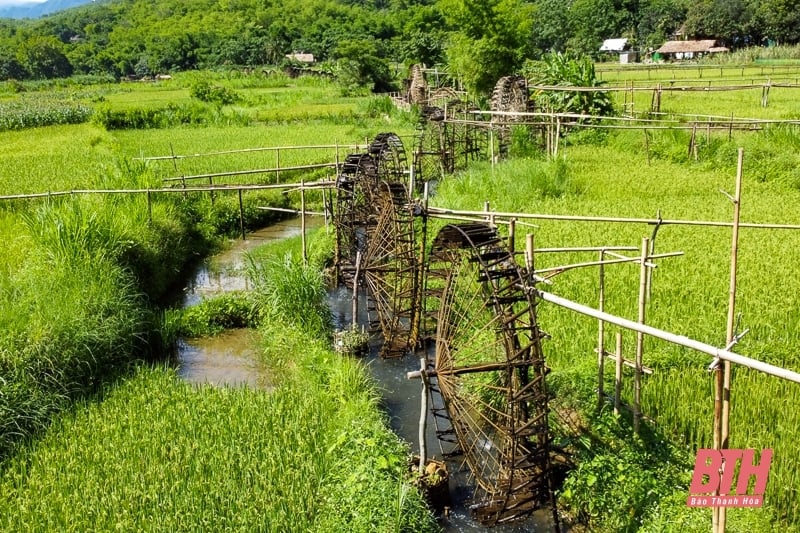
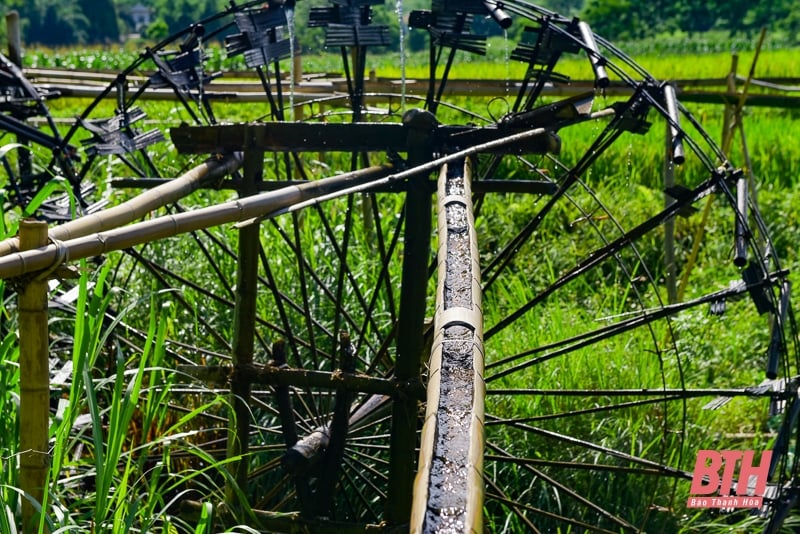
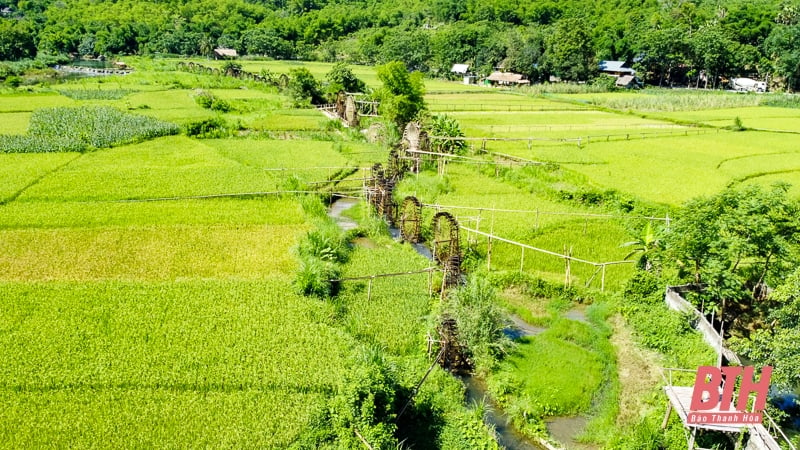
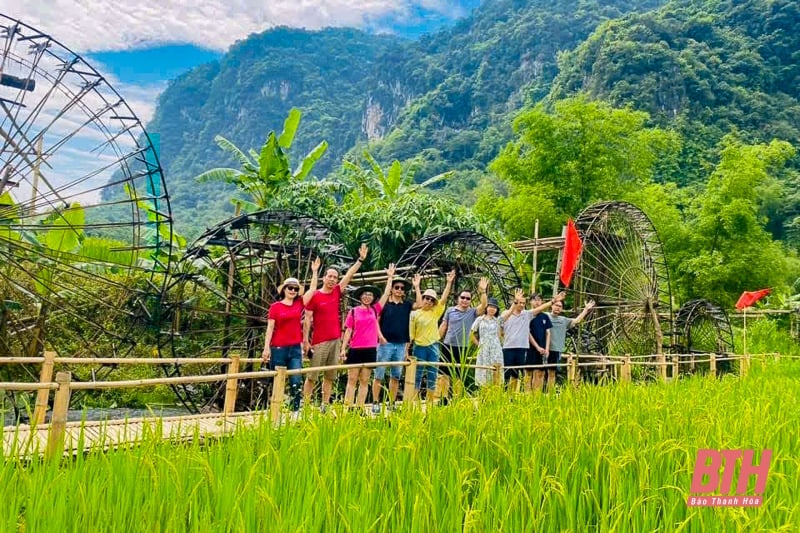
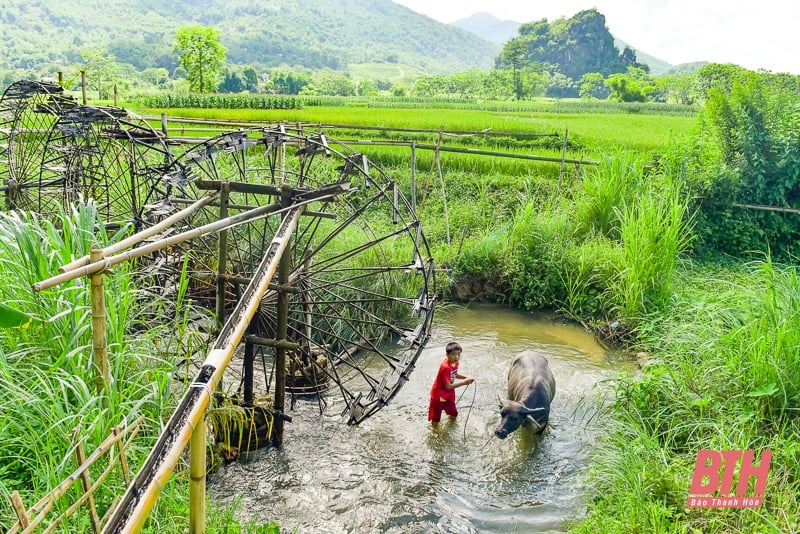
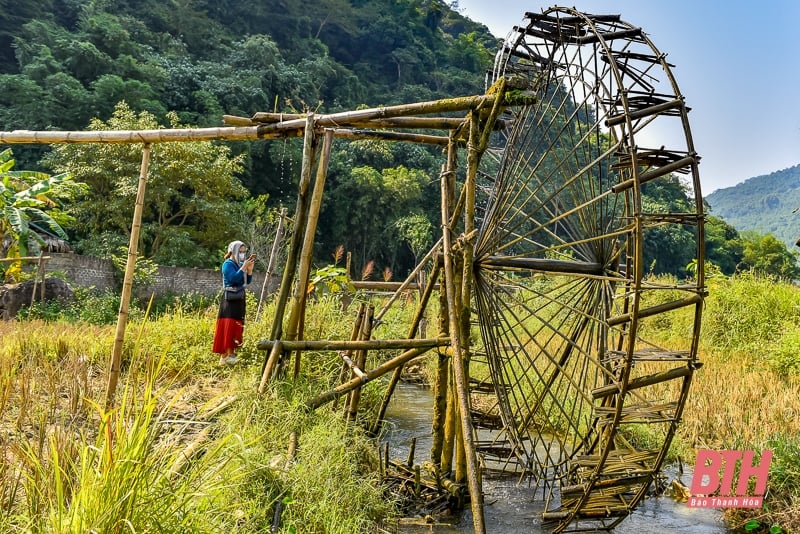
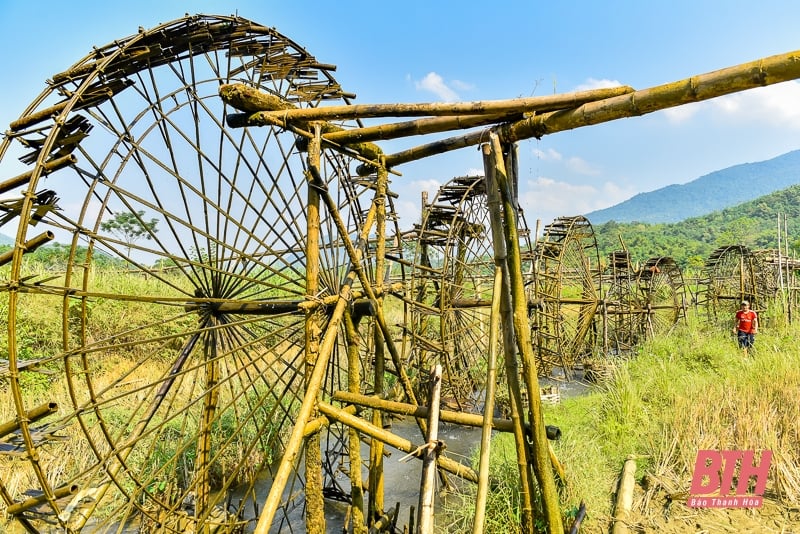
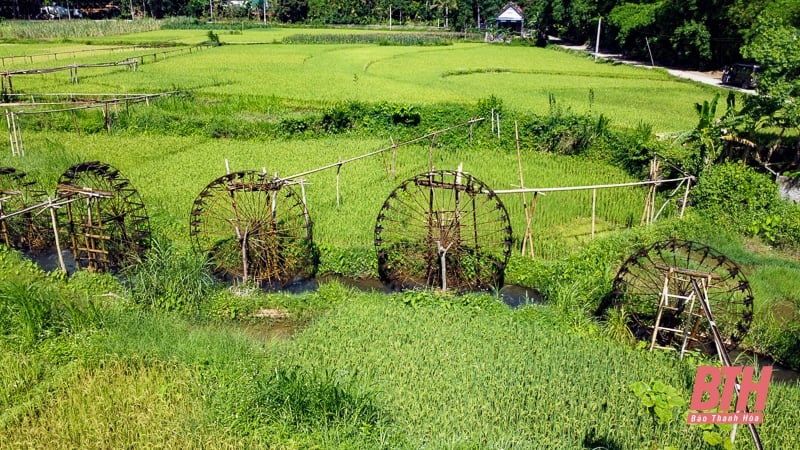
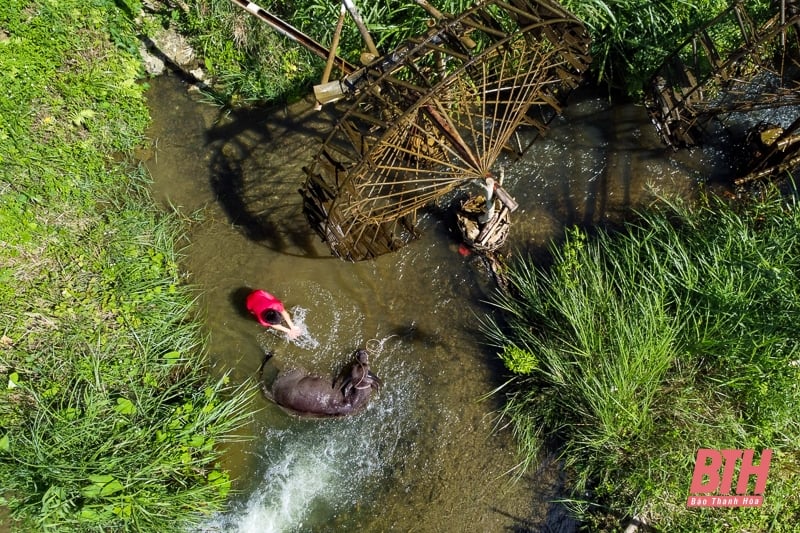

![[Photo] The heroic and lovely moment when the armored vehicle passed by Hanoi Flag Tower](https://vphoto.vietnam.vn/thumb/1200x675/vietnam/resource/IMAGE/2025/9/2/5b07b9f62ee94db287a0ae3a27b6db51)
![[Photo] Bustling atmosphere at Ba Dinh Square on National Day](https://vphoto.vietnam.vn/thumb/1200x675/vietnam/resource/IMAGE/2025/9/2/c441c931800d4ff8a4a5b2ed4d4c496b)
![[Photo] Parade groups bid farewell to the people after completing mission A80](https://vphoto.vietnam.vn/thumb/1200x675/vietnam/resource/IMAGE/2025/9/2/36d202d43ecc4ca8aede59a0e99f32ed)
![[Photo] The army marched proudly on the street with loud cheers.](https://vphoto.vietnam.vn/thumb/1200x675/vietnam/resource/IMAGE/2025/9/2/c0dc9a5121094991bd7c5a02166b3a4f)
![[Photo] Police blocks parade on Le Duan Street](https://vphoto.vietnam.vn/thumb/1200x675/vietnam/resource/IMAGE/2025/9/2/8f607af025d5437d828366c5e911bbda)
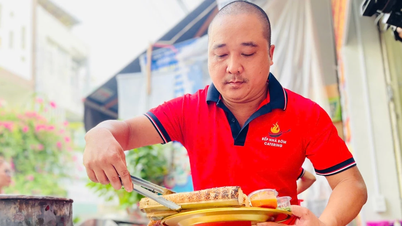

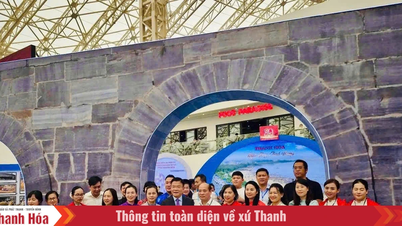
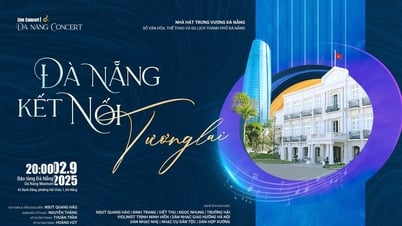

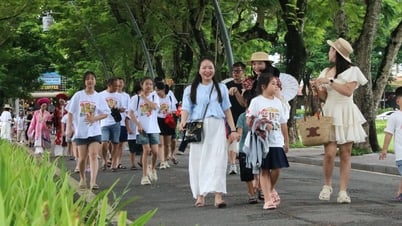

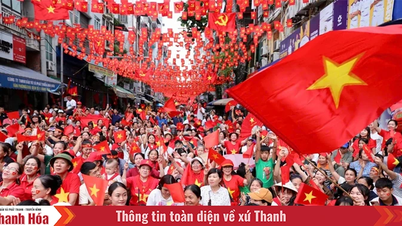


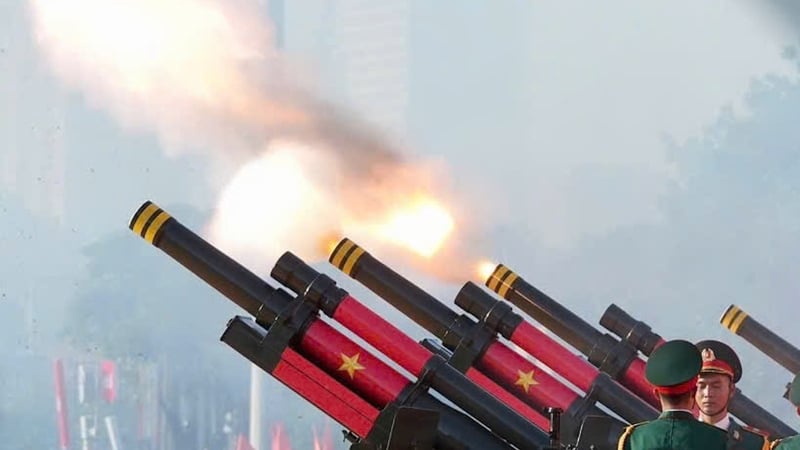


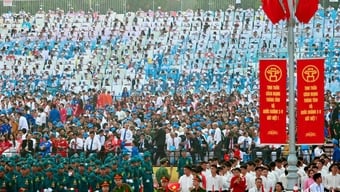
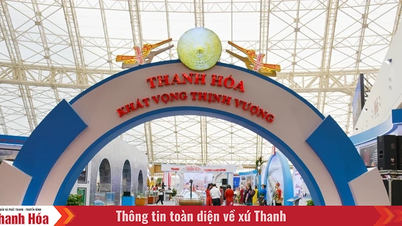
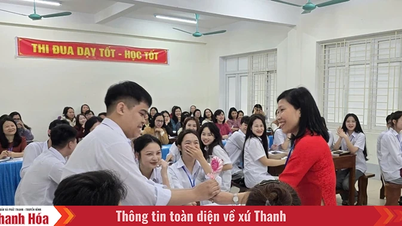
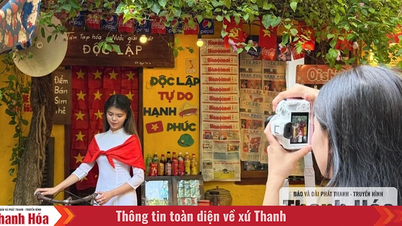
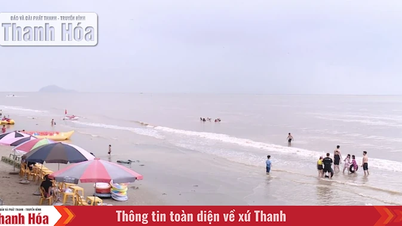

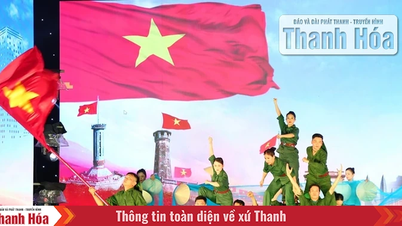
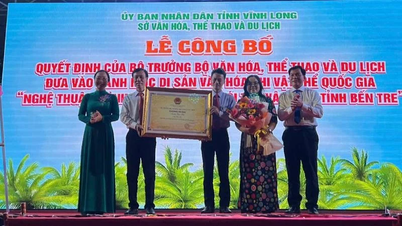



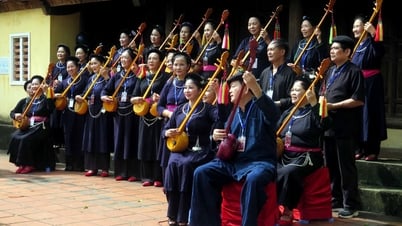

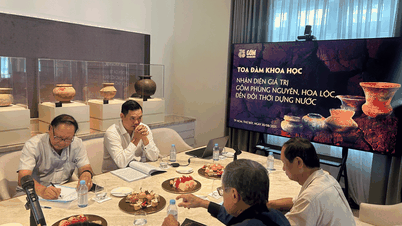

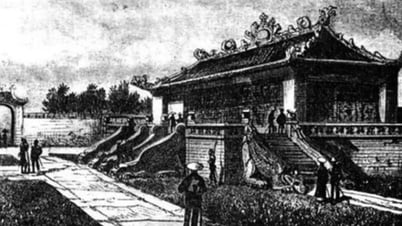

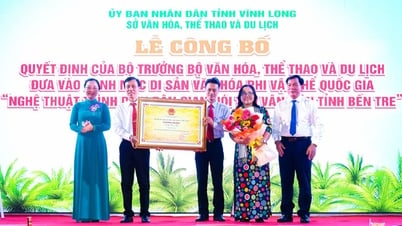





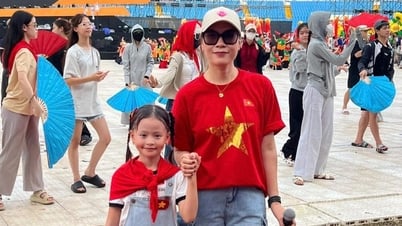
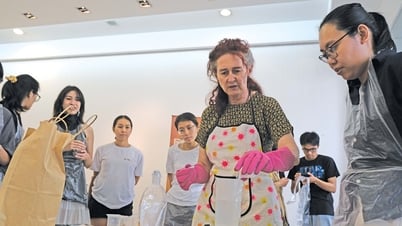

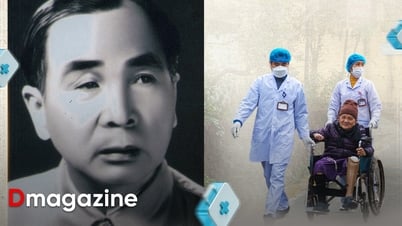
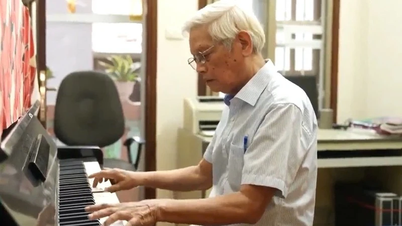
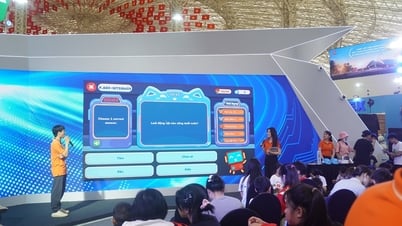

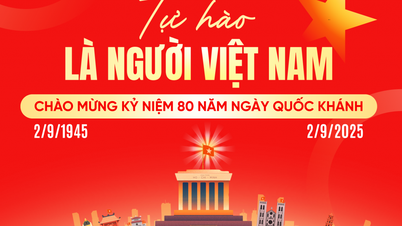
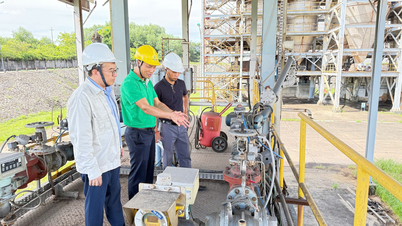



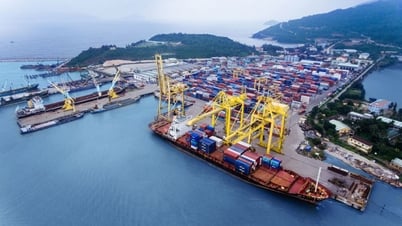




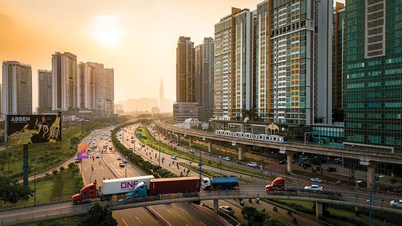




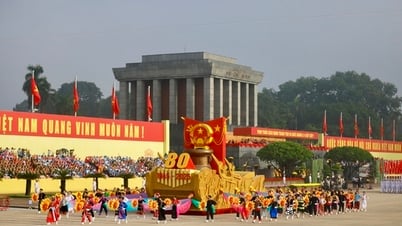
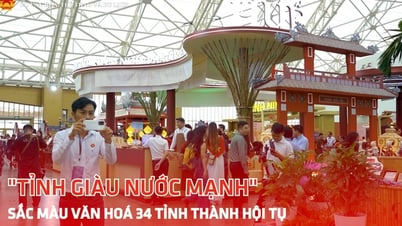

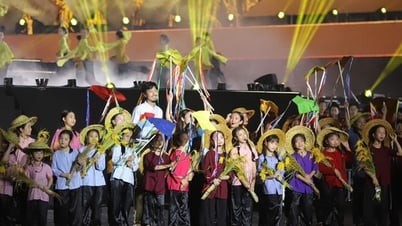
![[Live] Parade and march to celebrate the 80th anniversary of the August Revolution and National Day September 2](https://vphoto.vietnam.vn/thumb/402x226/vietnam/resource/IMAGE/2025/9/2/ab9a5faafecf4bd4893de1594680b043)


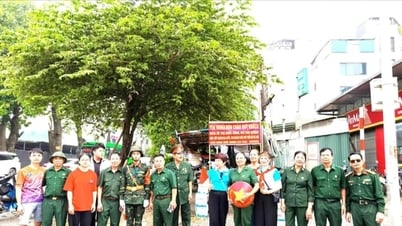





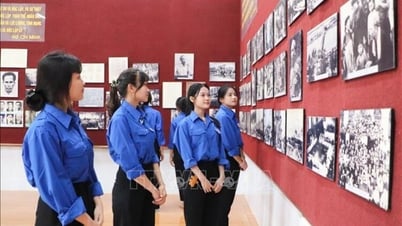

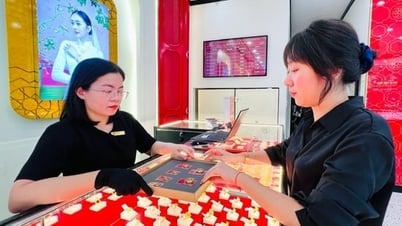

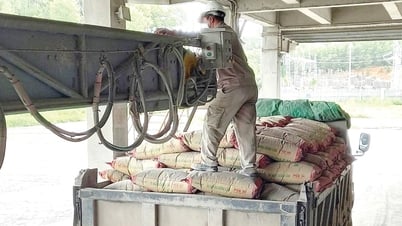

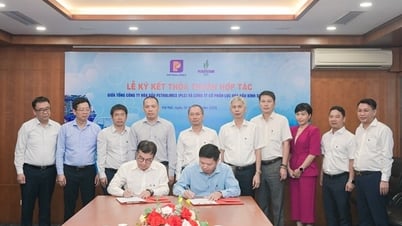

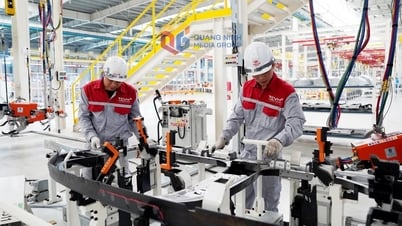
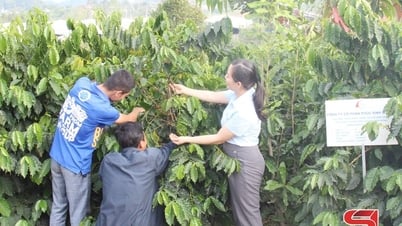






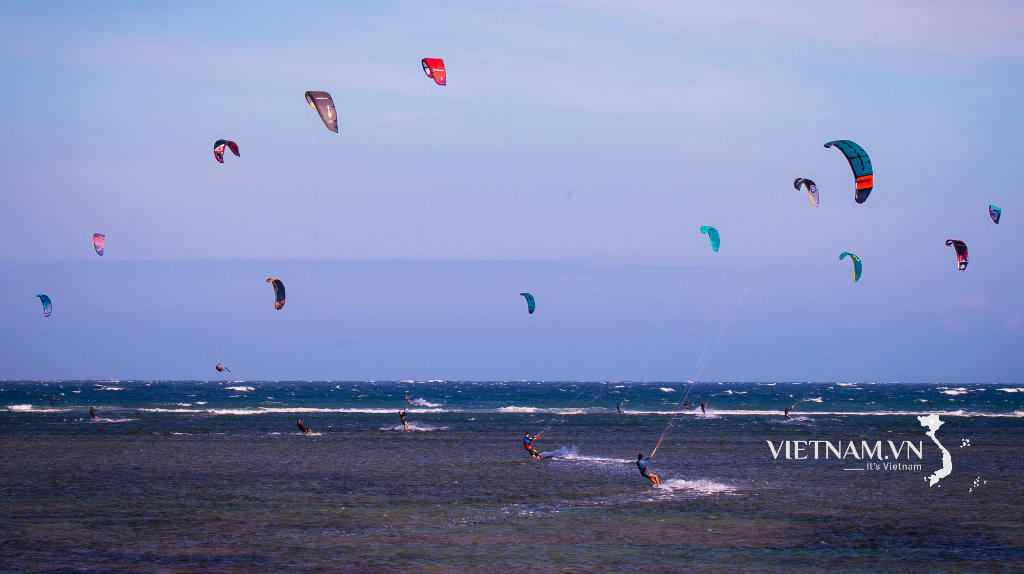
Comment (0)